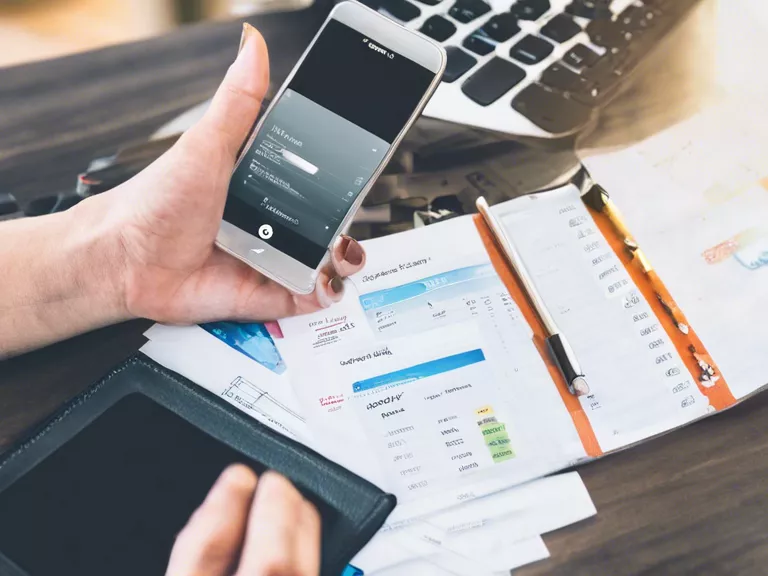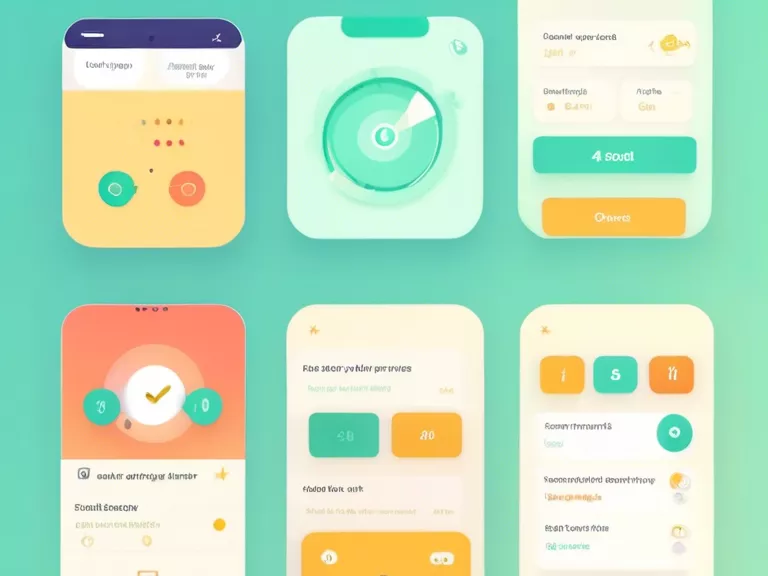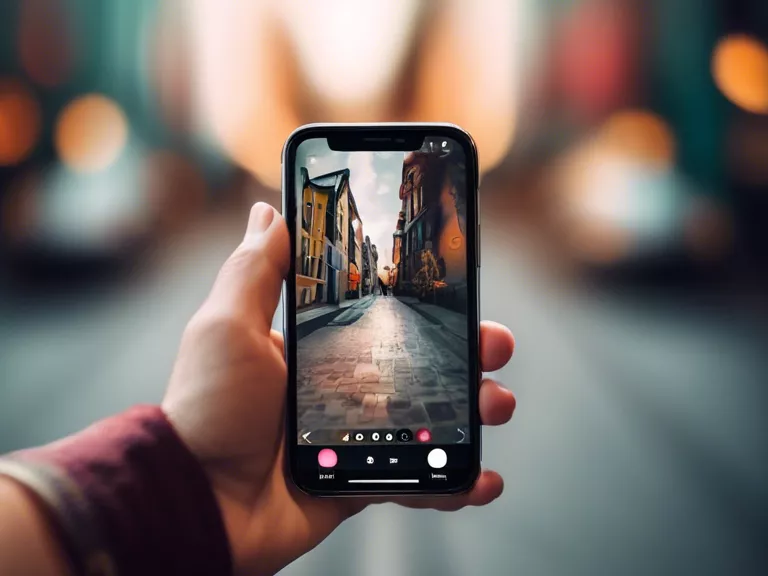
In today's fast-paced world, managing personal finances can be a challenging task. However, with the advancements in technology, keeping track of your expenses has become easier than ever. Mobile expense tracker apps are a convenient way to monitor your spending, set budgets, and achieve financial goals. In this article, we will discuss how to effectively use these apps to manage your personal finances.
First and foremost, choose a reliable expense tracker app that suits your needs. Look for features such as automatic categorization of expenses, the ability to sync with bank accounts, and customizable budgeting tools. Popular apps like Mint, YNAB (You Need a Budget), and PocketGuard are great options to consider.
After downloading the app, start by connecting your bank accounts and credit cards. This will allow the app to track your expenses in real-time and provide you with a comprehensive overview of your spending habits. Be sure to review your transactions regularly to ensure accuracy and categorize them appropriately.
Next, set up a budget based on your income and expenses. Allocate specific amounts for different categories such as groceries, housing, transportation, and entertainment. Use the app's budgeting tools to track your progress and receive alerts when you are close to exceeding a budget limit.
To further improve your financial management, analyze your spending patterns and identify areas where you can cut back. Many expense tracker apps offer detailed reports and insights to help you make informed decisions about your finances. By monitoring your spending habits, you can avoid unnecessary expenses and work towards saving money for future goals.
In conclusion, mobile expense tracker apps are valuable tools for managing your personal finances effectively. By choosing the right app, connecting your accounts, setting budgets, and analyzing your spending patterns, you can take control of your financial situation and work towards achieving financial stability.



